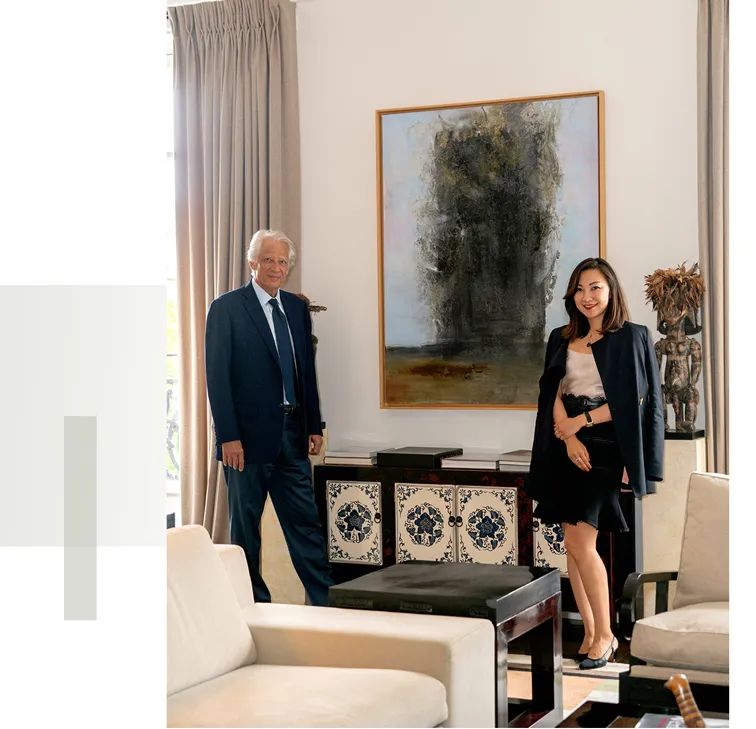
To understand a person fully, their taste and their vision, you need to create a full account of them. Yes, you can establish their influences from what they’ve studied and what books they’ve read, and it’s true that these often determine a person’s outlook in life. But, I found interior choices can too be an expression of their values and what’s important to them as well as their aesthetic.
This is why I choose to travel across the world, to be able to experience in person, each and every aspect of someone’s character. To witness the wondrous energy field held by people who have experienced the extraordinary and inspired many.
During such a visit to the Parisian home of the former French Prime Minister Dominique de Villepin, we spoke at length about all manner of subjects, ranging from his art collection and cultural diplomacy. This combination enabled an understanding of Villepin’s core ethos and outlook, as a man of passion and vision.
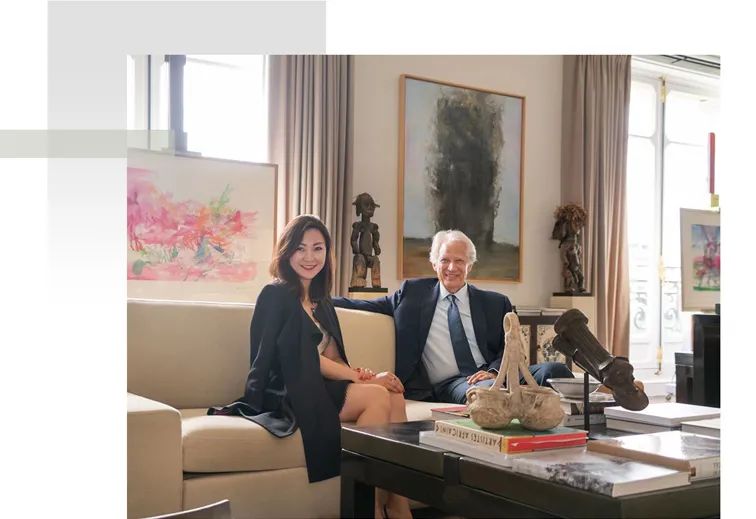
Dominique de Villepin was widely regarded by the public as an aristocratic politician. Even well before his tenure as Prime Minister of France, it dated to his time in the Chirac government from 2005 to 2007, and by many even before, when Villepin was still Minister of Foreign Affairs.
Most notable, however, was Villepin’s charisma he displayed when he was the French foreign minister. This was exemplified to the world, when he delivered his anti-Iraq war speech at the United Nations in 2003.
Born in Morocco, North Africa, Villepin lived with his parents in Venezuela, the United States and other countries from an early age, and served as a diplomat in the 1980s, with assignments to Washington, D.C. and New Delhi, and as a top advisor to the French Foreign Ministry on African matters in the early 1990s.
After leaving politics in 2008, Villepin returned to his legal and business consulting career. He is now a top advisor to organisations including Sinoceef, Universal Credit Rating Group and China Minsheng Bank.
The former prime minister, also known as the ‘poet in the corridors of power’ is known for his love affair with literature and the arts. Villepin has edited several political commentaries, literary books and poetry collections, and collected art since he was a young man, as well as being close friends with masters such as Zao Wou-ki, Pierre Soulages and Anselm Kiefer. In 2020, he and his son Arthur de Villepin established Villepin Gallery, a “collector-centric” gallery in Hong Kong.
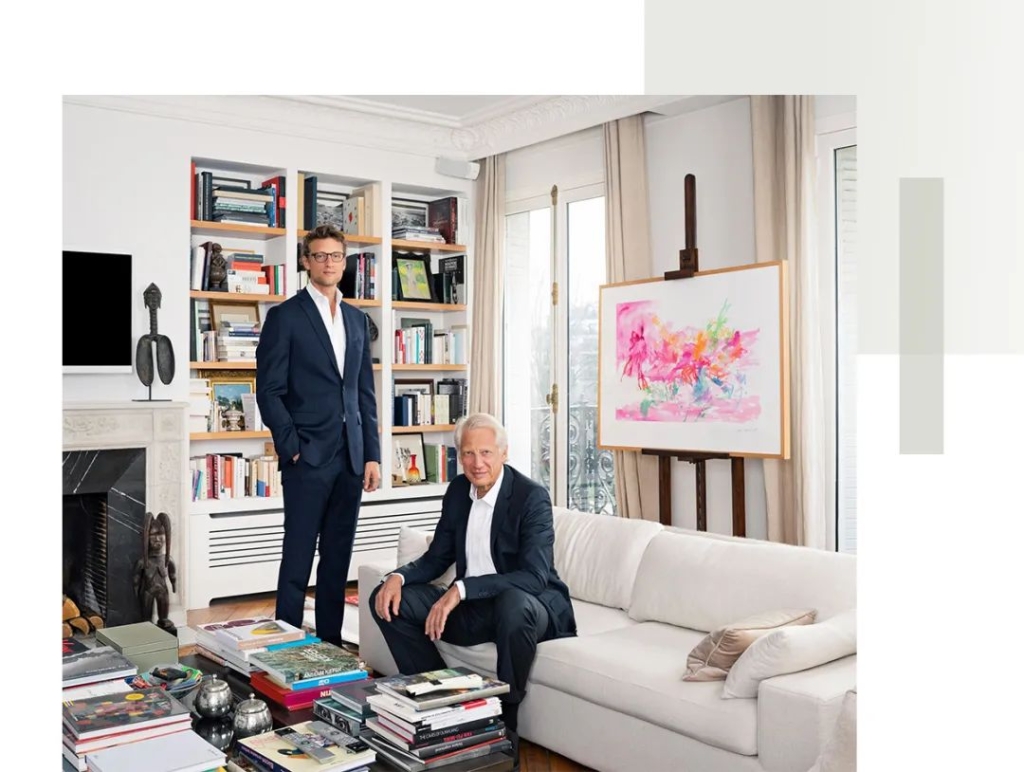
His elegant and understated taste for world culture can be sensed in his home near the Arc de Triomphe in Paris. Large Anselm Kiefer works hang prominently in the hallway, dining room, and living room, while two Zao Wou-Ki works grace the parlour window with a view of Paris beyond, and every bookshelf is lined with sculptures of African tribal art. The central theme of his personal collection revolves around ‘memory’ and ‘history’, each of which reflects his experience and worldview – to embrace differences with an open mind, to understand his own culture by reaching out to the world, and to search for universal values above personal and national interests.
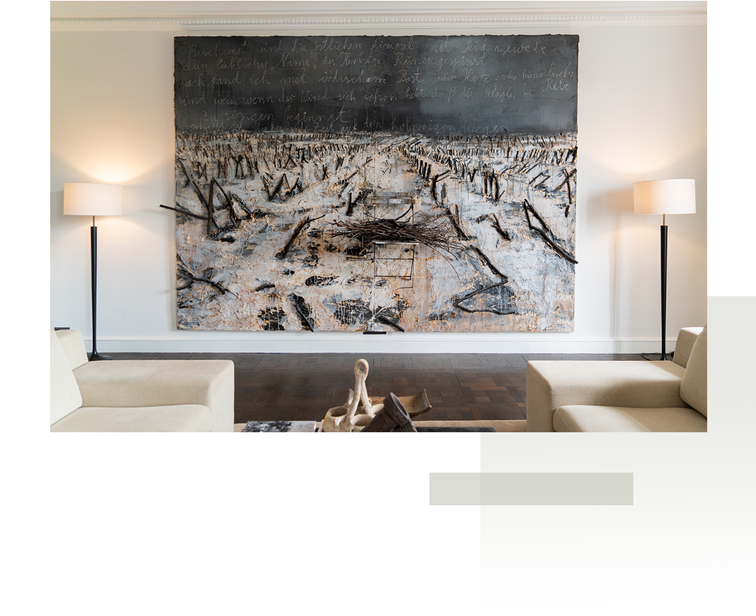
A ‘nomadic’ upbringing fosters universal values
Villepin spent his childhood in colonial Morocco and Venezuela before moving to Australia with his parents. The premature death of his 20-year-old brother when he was only 20 himself, left a psychological shadow on his young life. It was this tragic incident that spurred Villepin to recognise life’s importance and his eagerness to contribute to public service. He realised he wanted to devote his life to this. After completing his higher education in the United States, Villepin achieved his dream and channelled his passions into becoming a ‘mediator’ between cultures.
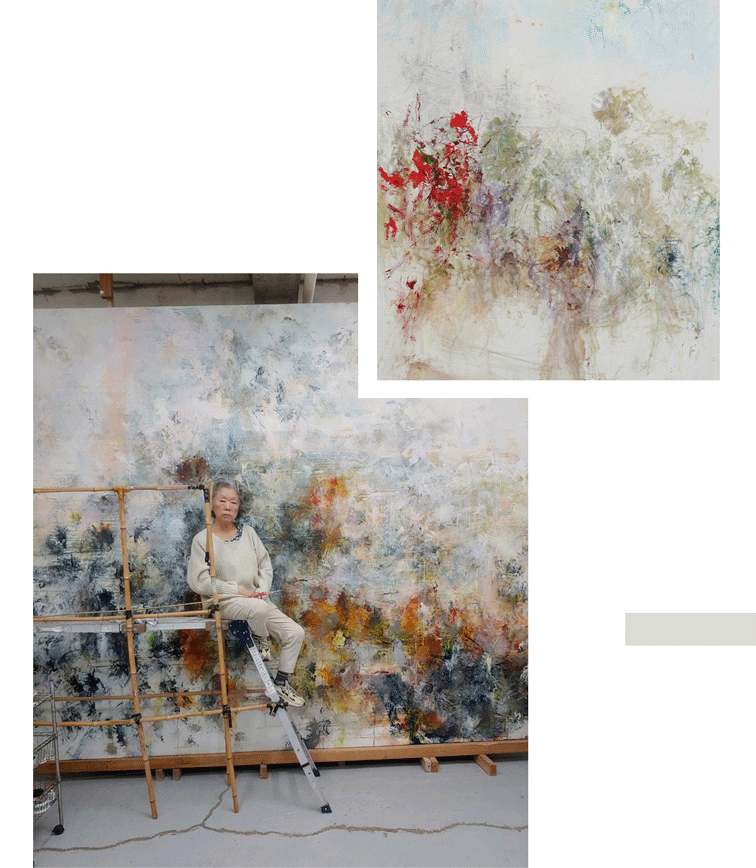
Below:Artist Kang Myung-hee’s studio
Speaking of his ‘nomadic’ upbringing, Villepin says he feels most at home as an ‘outsider’ in a diverse cultural context. It was this divergence that made it easier for him to gain a core understanding of different cultures and their unique values from an observer’s point of view.
This influenced Villepin’s approach to French foreign policy during his political career. He upheld the principle that individual and national interests should come after the common good of transmitting universal values, including equality, peace, and the governance and protection of the global environment. With this in place, the global environment can effectively be governed and protected.
In Villepin’s view, there are always limits to the interests of individuals and nations, and it takes imagination and time to build trust to find common interests in the changing world landscape. He recognises the competition between nations, and the need to combat this by further promoting cultural exchange and transnational cooperation.
Most importantly he urges that individuals need to be open-minded to understand one another. By knowing one another better, we have the opportunity to discover common interests and similarities. Once we establish this, we can achieve things never achieved before, both as individuals and as nations.
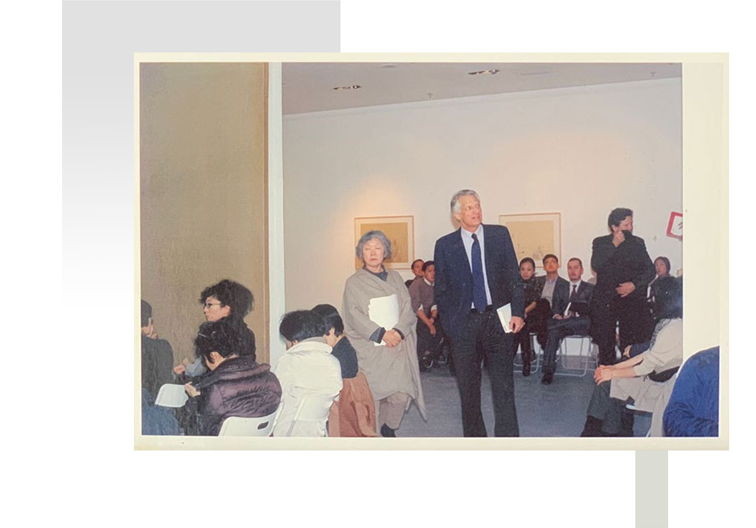
Royal City Art Museum, Beijing, 2011
Villepin believes that violence often stems from the fear of losing rights and benefits. He believes that education, art and multiculturalism are ways to eliminate fear and mistrust between people and nations, and promote peace.
Going global is imperative to deepen the understanding of one’s own culture
Dominique de Villepin has been collecting art since he was a young man. His collection is representative of his experiences – the peaks, troughs and lessons learnt along the way. From his days as a diplomat in Delhi, learning about Indian culture by travelling to the ancient temples of Orissa and Madhya Pradesh, and collecting works of art from two of India’s major religious tribes, the Bastars and the Kashmiris.
Villepin believes that collecting is both fun and dangerous – he says, “Through collecting, you change who you are… you change your life.” Collecting can drive and encourage you to venture beyond the limits of your own experience and perception – to meet new people, to make unexpected friendships, and to open up a whole new world.
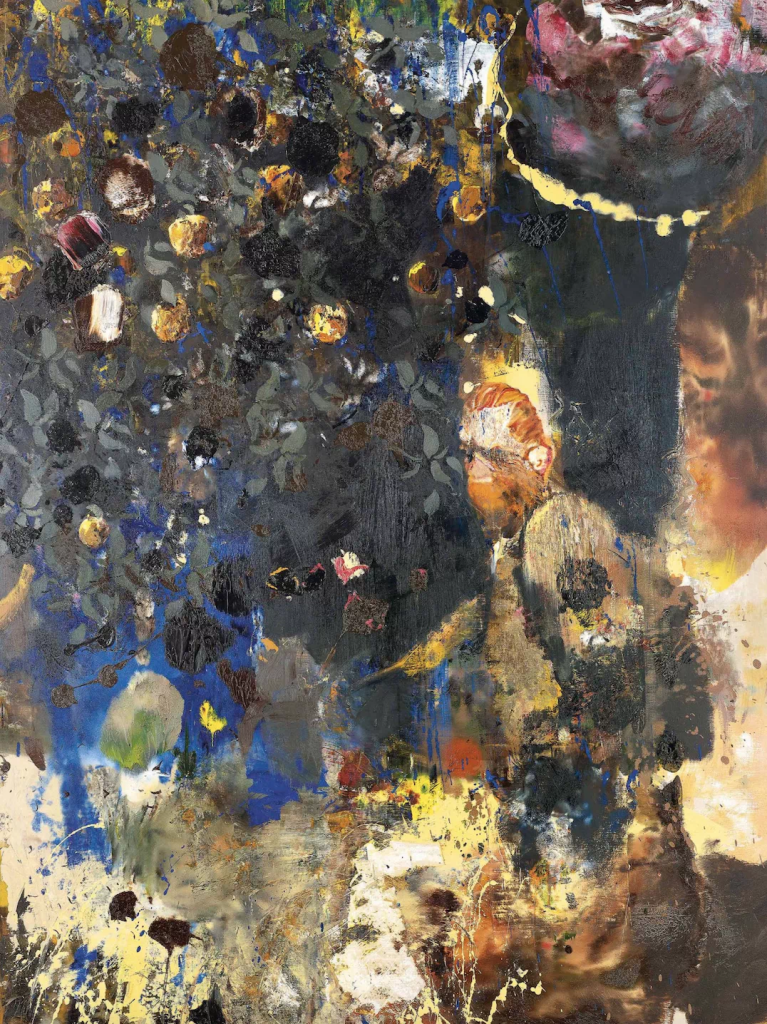
Villepin revealed to me that when he first arrived in Washington D.C. as director of the Information and Press Service at the French Embassy in the United States, it was through art that DC’s social circle was established. At a major Gauguin exhibition at the National Gallery of Art, he had the pleasure of meeting Katharine Graham, the pioneering publisher of the Washington Post; after a great conversation, they developed a deep friendship. This led to Ms. Graham introducing Villepin to many resources across the political, business and art worlds.
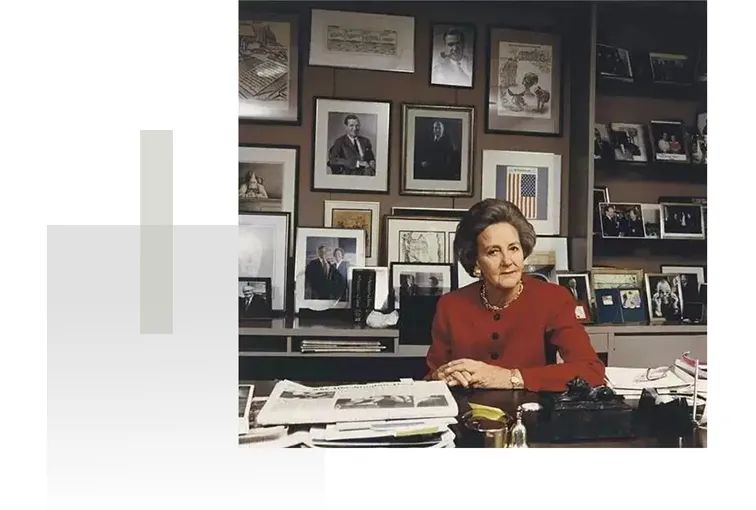
In Villepin’s view, collecting art is about creating unity in a collection. A collection can give a sense of the collector’s experience and thought process that cannot be seen in galleries and museums.
Art collecting carries with it the responsibility of the collector and its greatest value is presented in terms of transmission. This is the transmission of knowledge within the family context, this in turn extends to a larger social and national sphere, where it is permeated into the transmission of culture.
The main idea behind their gallery ethos is to allow collectors to encounter and perceive art from the perspective of the artists, and to influence collectors through ‘salon-style’ communication activities such as seminars and academic sharing sessions. Thus allowing them to delve into history, diffuse their thinking and collide with multicultural ideas through learning.
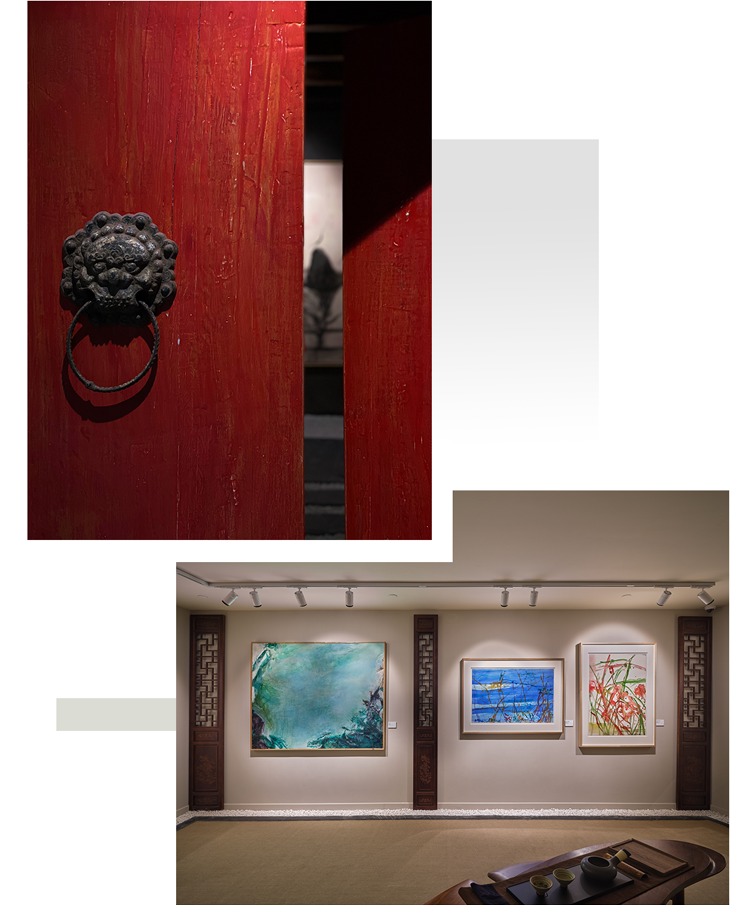
Image from Villepin Gallery
Villepin believes that collecting art is a way to find a cultural uniqueness, both by looking back at the past and quoting from history, and by exploring the world and absorbing multiculturalism. Villepin emphasises that the only way to grasp the essence of an artwork is to understand the historical narrative behind it as many artists apply a historical framework to their art.
Villepin’s collection of works by Zao Wou-ki is one such example. He has a unique preference for Zao Wou-ki, not only having written a book on him, but also having curated the inaugural exhibition at Villepin Gallery, which looks at the master’s work from the perspective of Friendship and Reconciliation.
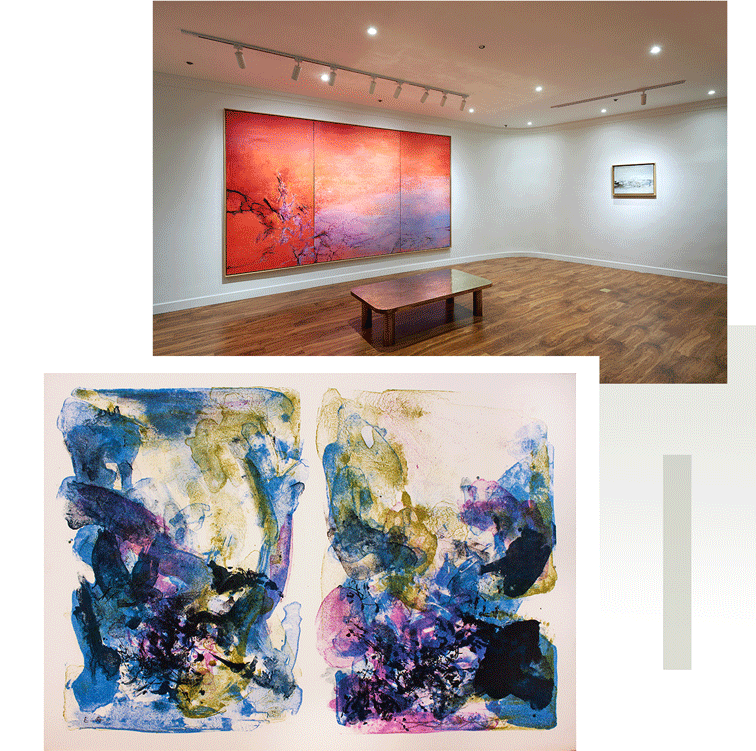
Below: Zao Wou-ki,Sans Titre, 1967
Image from Villepin Gallery
Referring to the striking 07.05.2022 by Zao Wou-Ki hanging in his living room, Villepin reveals that the work was created in late 2001 and early 2002, during a period of healing from the trauma of 9/11 in the U.S. The painting’s column-like shape on both sides symbolizes the light of hope.
The artist pays homage to Matisse’s 1914 work Window Door At Collioure. This also features a black mass in the center and two lights on either side, as if opening a window to the unknown. The painting was created at the beginning of World War I and the end result of the turbulence was uncertain. In Zao Wou-ki’s eyes, it was a significant painting of the 20th century. Understanding this narrative, you really enter the artist’s inner world and at the same time envision a moment in history.
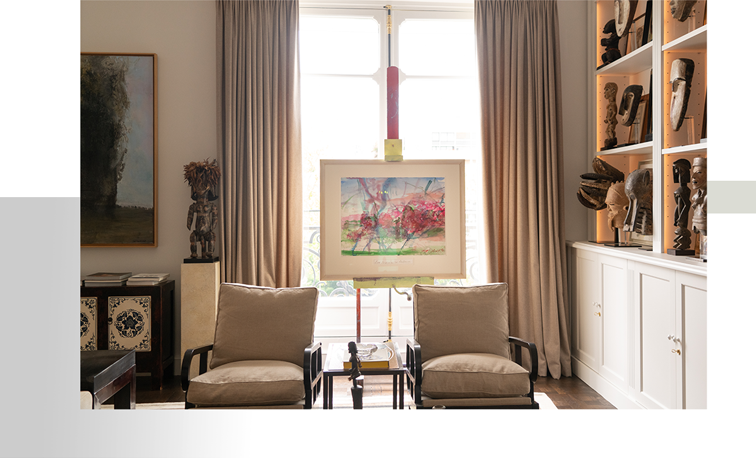
Zao Wou-ki’s greatest inspiration to Villepin was the long process the artist went through to understand de Kooning, Matisse, Monet, and other Western artists in order to better understand his roots and the unique originality of Chinese art. Villepin claims that Zao Wou-ki “became a Chinese artist by going out into the world.”
Going out into the world is a way to understand one’s own culture. This is why private collectors and nations’ efforts to establish art museums and foundations is so important. Because they are doing their part to promote their own culture to the world and to show the world’s culture to their citizens.
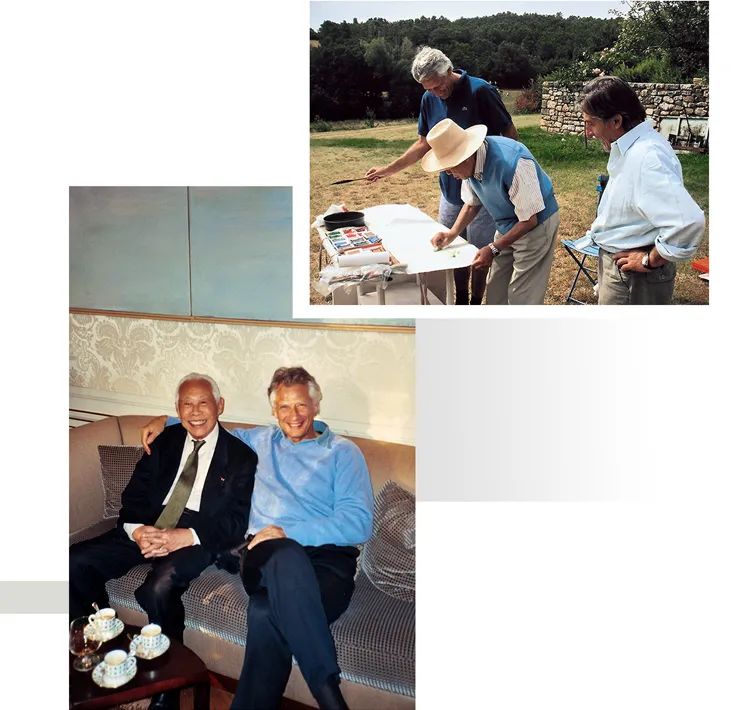
Image from Villepin Gallery
During our conversation, we both agreed on the idea that a culture becomes stronger when it knows how to use foreign input to strengthen itself. This shows the importance of cultural integration and building soft power through cultural diplomacy.
In France, for example, the national government has been more involved in art and culture projects and in the construction and development of public cultural institutions. Several French presidents have built new museums for the country during their terms of office, such as Georges Pompidou, who built the Pompidou Centre, and Mitterrand, who launched a campaign to reform the entire French cultural system. Chirac also built the Musée National de la Cébranque, which exhibits exotic cultures and original art collections from Africa, Oceania, South America and Asia.
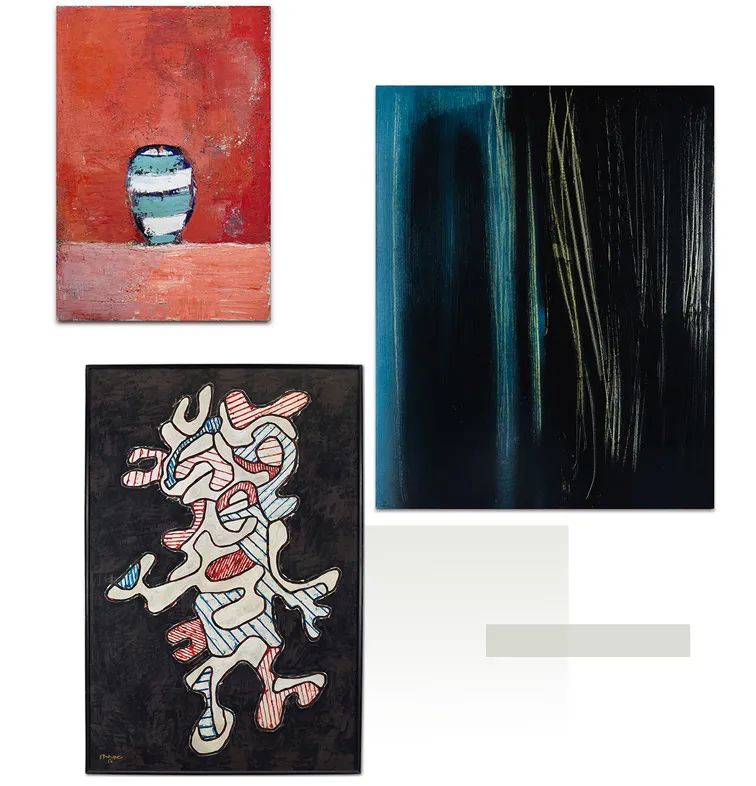
1953
Hans Hartung, 1962-L17, 1962
Jean Dubuffet J’accours, 1964
Image from Galerie Villepin
In France’s cultural foreign policy, they recognise the importance of going to countries where the new middle class is extremely curious and receptive to cultural products and programs. For example, when the French Museum Organisation signed a governmental agreement with the United Arab Emirates to build the Arab World Museum.
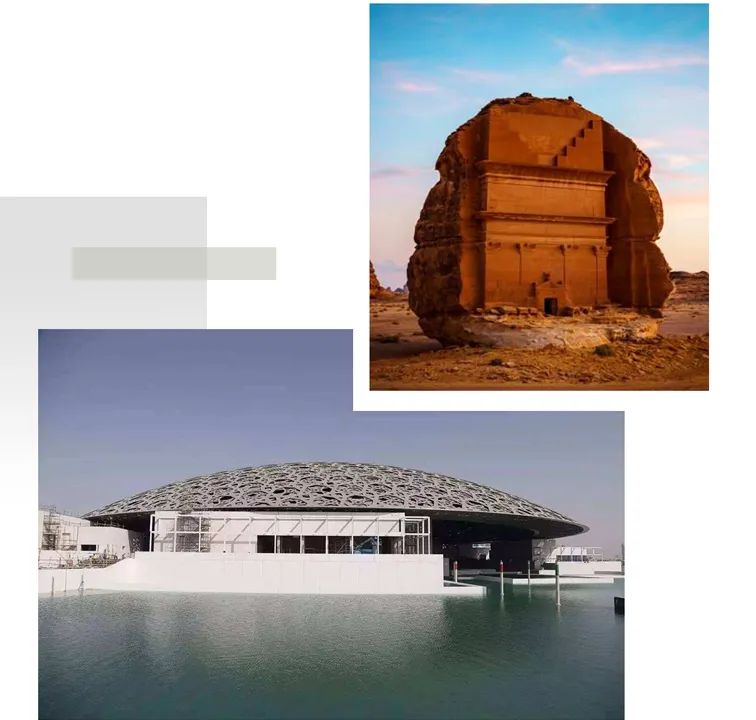
Below: Louvre Abu Dhabi
Villepin mentions that Middle Eastern countries are particularly good at cultural development. They allocate large sums of money to establish strategic cultural partnerships with Western countries and introduce foreign projects to enhance the cultural education of their citizens.
Villepin also states that private and corporate sponsors are as important as governments in the import and export of culture. While China has always focused on building strong relations with developing countries and is the largest investor in Africa; Villepin believes that supporting local arts and culture and demonstrating social responsibility to enhance the corporation foreign influence and the country’s soft power is particularly important and something that many companies abroad have not yet realised.
A corporation’s image and strength are not only about establishing a presence in a new market, but also about showing interest in the local people, society and culture. This way, a corporation is more easily recognised and accepted in the new country and society.
Many companies venturing and expanding abroad should consider investing in the culture of the country they are investing in as part of their strategic approach to building social responsibility and soft power through sponsorship of arts programs. However, Villepin also believes that there are no shortcuts to the development of culture and the arts, and that time and patience are what is needed.
By channelling your passions to experience the ‘Joie de Vivre’
When I interviewed Villepin, he had just returned from holiday. I knew that his upbringing was heavily influenced by the Beat Generation, a post-WWII literary movement and hippie culture, open to a group of writers who wanted to explore and influence post-WWII American culture and politics. So, I was curious to see how the French, who are all about ‘Joie de Vivre’ (the joy of living), would view it.
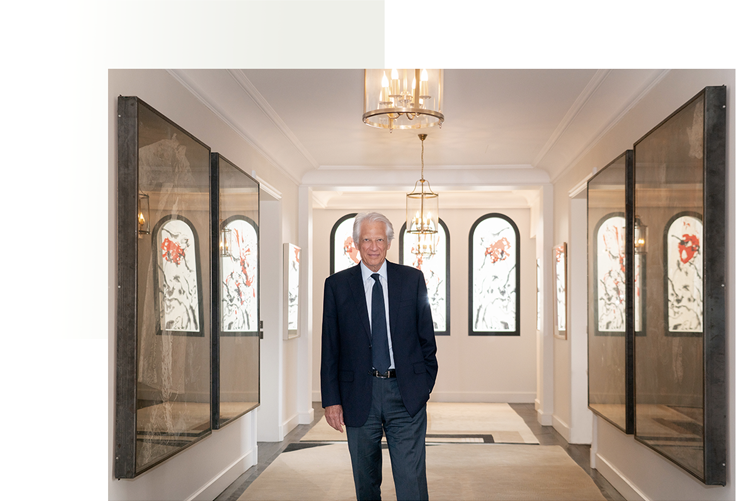
Villepin says that the French know how to manage ‘time’, with a mindset that is not about speed or efficiency, but about taking the time to enjoy life and the simplicity in the mundane day-to-day. It’s connecting those concrete things in life that give you stability and security. Of course, obtaining the ‘Joie de Vivre’ doesn’t happen overnight. Villepin believes that only through hard work can one achieve experiencing the true joy of life. It’s his passion that drives him, a very powerful and energising element.
Villepin says that although he feels obliged to do his duty, it is passion that drives him to do what he must do and gives him the strength to do it.
However, he urges, it’s important to understand what makes you passionate and why, and in the process to be careful not to limit the focus to oneself.
Don’t restrict your horizon to yourself and your own self-interest. It’s not a shortcut to a good life. Sharing and letting go of your mind and doing something for something you believe in and for a good cause is.
Dominique de Villepin
-The End-
Text: Luning
Edit: Rosie Fitter






